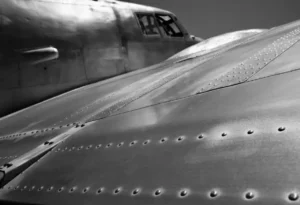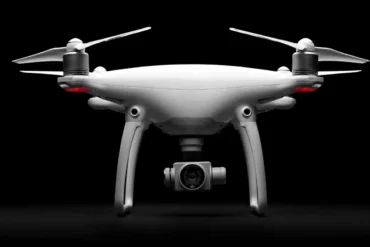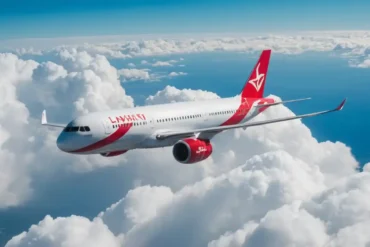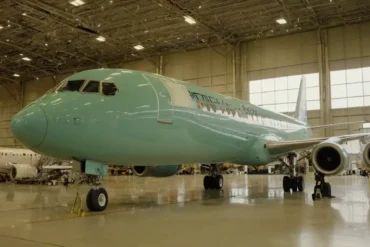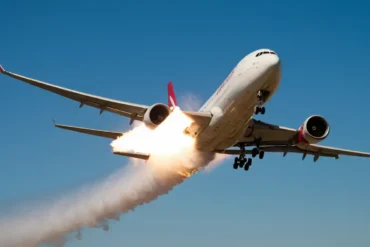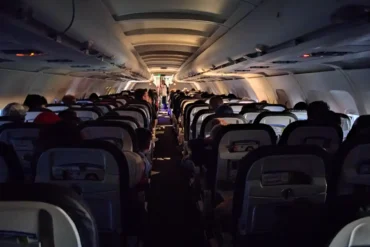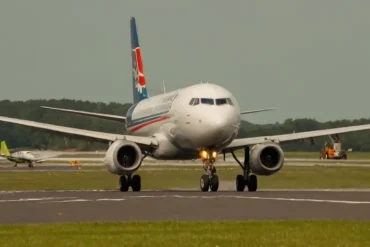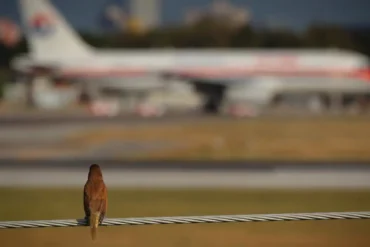From the Airbus A330 to the Boeing 787, almost all commercial aircraft opt for riveted joints over welded ones. Riveted joints involve connecting two components with fasteners called rivets, which come in various types such as lap joints and butt joints. While welding remains an effective method for bonding materials, rivets offer advantages in inspection, maintenance, and repeatability in the aircraft industry. The typical thickness of aircraft skin further makes rivets a more suitable choice than welding. The rivet-manufacturing machine was invented in 1836, enabling mass production of rivets. Rivets found application in aircraft during the 1920s and 30s, showcasing the longevity and reliability of this straightforward technology in aviation design.
Aluminum’s Limitations with Heat
A compelling reason for the prevalence of riveted joints in aircraft is aluminum’s unsuitability for welding due to its low tolerance for heat. Commercial aircraft often have aluminum bodies due to its cost-effectiveness, abundance, and lightweight nature. Using aluminum allows aerospace manufacturers to build lighter, more fuel-efficient aircraft. However, as aluminum weakens when exposed to heat, especially during welding, rivets are the preferred choice for joint connections in aerospace manufacturing.
Riveted Joints: Strength and Durability
A major advantage of employing riveted joints in aircraft is their superior strength and durability compared to welded joints. While welding connects only the exteriors of two components, riveting ensures an interior connection, resulting in a more robust and enduring joint. This resilience is crucial for aircraft enduring stresses at 550 mph and 30,000 feet above sea level.
Inspection Simplicity with Riveted Joints
Another merit of riveted joints is their ease of inspection, surpassing welded joints. A cursory visual check verifies the security of connected components in riveted joints. In contrast, welded joints demand specialized machinery for thorough examination, lacking an efficient visual inspection method. Aerospace companies opt for riveted joints, streamlining both production and maintenance processes for their aircraft.
While some welded components persist in certain commercial aircraft, rivets are preferred for critical body components. Their capacity to withstand extreme stress without damage makes riveted joints a safer and more effective choice for aircraft manufacturing companies in constructing aircraft.
Aircraft-Grade Rivets: Specifications
Like every other part of an aircraft, the rivets used must adhere to meticulous specifications to ensure they withstand rigorous loads. Commonly used rivet grades include:
- 2117-T
- 2024-T
- 2017-T
- 5056
- 1100
These readily available aluminum alloy rivet grades serve diverse purposes. Mild steel rivets join steel parts, while the corrosion-resistant 5056 magnesium alloy addresses specific needs.
Rivets Over Screws in Aircraft Assembly
Rivets are deliberately chosen over screws in aircraft assembly due to superior resilience to vibration. Upon installation, a rivet expands, seamlessly filling the hole for steadfastness. Conversely, screws, reliant on threads gripping the metal, can loosen amidst constant vibration at high speeds. Additionally, rivets are lighter than screws, making them the optimal choice for aircraft assembly.
